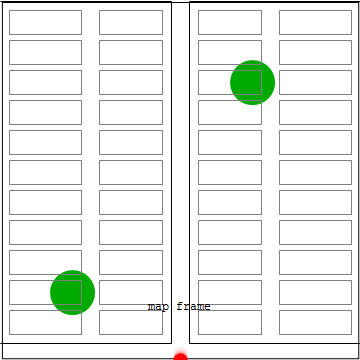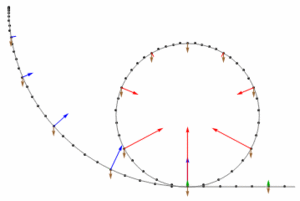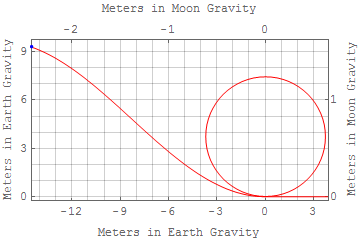Bungee Jumping Simulation Lab 2
Same situation as
before, this time answer all the questions using energy equations, not forces.
In order to
understand the physics we will start by analyzing the GIF below. The Chrome Extension GIF Scrubber is
necessary to answer the questions below.
A timing and measuring device can also be used. You can assume that air resistance is
negligible.
Question 1:
How far down are
you when you feel the rope pulling?
Question 2:
At what point do
you start to decelerate?
Question 3: What would k for the cord have to be for you?
Question 4:
Using the K
calculated above, what would the length of the cord have to be for you to touch
the river?


